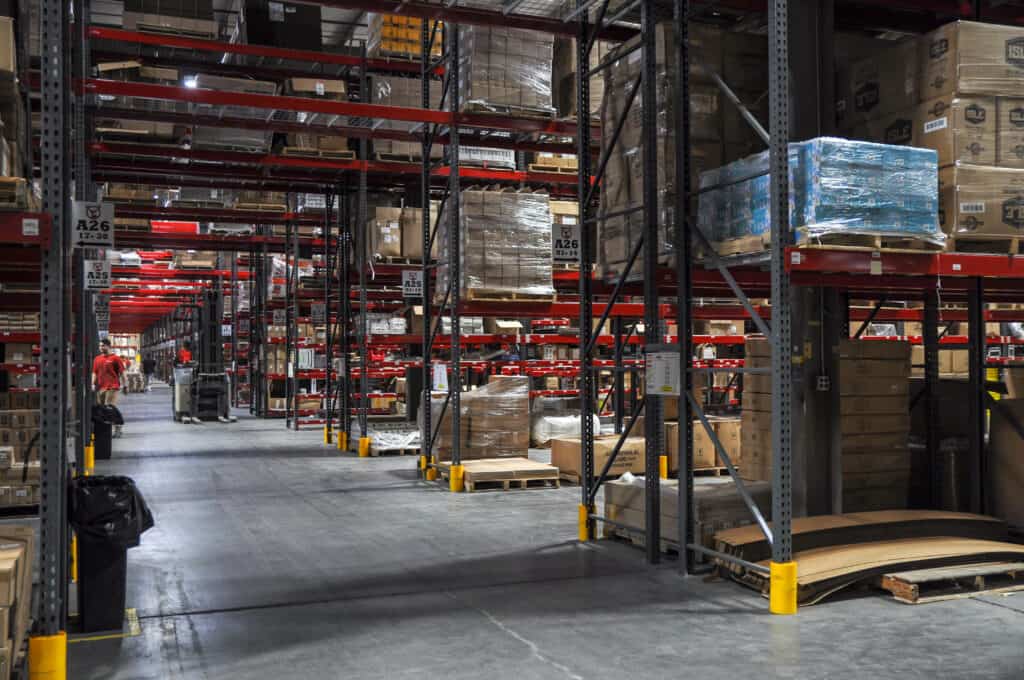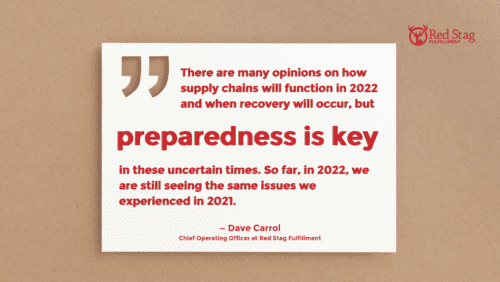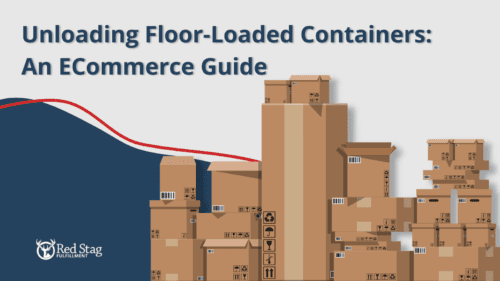Slow-moving inventory can be a headache for any business. With items sitting on the shelves and low customer demand, you run the risk of losing warehouse space and wasting resources. By auditing your slow-moving inventory, you can really get a grasp of what items you have, why they are not in high demand, and how you can get them off your shelves. So, let’s look at a few steps to audit your slow-moving inventory.

Identifying slow-moving inventory
Slow-moving inventory covers any products you have that have a long sales cycle. In most cases, items that have been in your inventory for six months or greater fall into the slow-moving category. However, you need to look at the product’s history and performance to find out if the item truly has been stagnant at your warehouse or with a 3PL provider like Red Stag Fulfillment.
Does your product have a low turnover rate?
A product that has a low turnover rate is an indicator of slow-moving inventory. By looking at the product’s history, you can determine when it arrived at the warehouse and how long it was housed before you shipped it out to your customer. Performance is another aspect of determining if the item has a low inventory turnover rate. During a specific time, how often did your product sell? How fast did the product sell in comparison to the forecasted demand? These are questions to ask yourself to firmly grasp if your items are slow-moving.
Slow-moving inventory analysis
A critical part of the slow-moving inventory audit you perform is knowing how many items you have in stock. You’ll start your analysis by calculating how many slow-moving items are in your inventory and how long they’ve been on your shelves. With this process, you can determine precisely how many items in your inventory are slow-moving.
How to perform a slow-moving inventory audit:
- Conduct a physical count of your inventory.
- Use an online tracking system to pull reports of items listed by “last sold” dates.
- Pull data based off of actual item inventory rather than sales trends seen in the past.
- Analyze inventory by looking at what items haven’t sold in 6 months, and compare the sales revenue of these items against storage and other costs to see if you’re losing money.

By reviewing all inventory data, you have the opportunity to review your aged inventory and see when the items might be sold in the future. This method can provide a clearer picture on your slow-moving inventory.
Is your slow-moving inventory able to be recovered?
Once you’ve determined what items on your shelves are aged-inventory, look for what can be recovered. An item that can be recovered is normally a slow-moving product that becomes a fast-moving product during specific seasons or purchasing trends. For example, a snowboard can become a slow-moving product during the summer months but will regain popularity during the winter. Did your products sit on the shelf longer than normal because it was the start of the new year? Did a newer model come out that affected your product’s ability to sell? Your ability to identify if your item is sitting on the shelf due to trends or seasons can help you understand if the demand will reappear.
Lowering the cost of slow-moving inventory
Price reductions happen when your items are sitting on the shelves longer than planned. In most cases, it is recommended to mark your item’s value down below market or net realizable value (NRV).
What is NRV?
Net realizable value (NRV) is a method to evaluate an asset’s value. For example, the items that have been sitting in your warehouse or with your 3PL provider are associated with carrying a cost of inventory. Those additional charges are subtracted from your item’s selling price to calculate the NRV. It’s important to understand NRV and where it comes into play within your slow-moving audit.
Pricing your items to reflect their shelf life is sometimes recommended. However, lowering prices can allow your business to market discounts in the future and in turn sell the inventory that is taking up valuable storage space.
Evaluating Market Trends
Market trends can impact your items turnover rate. By monitoring market trends, you can understand if the slow-moving inventory you have in stock will be in high demand again. As you audit your items and price-mark aged of inventory, keep market trends in mind as this data can also help predict if items turn to obsolete.
Marketing Efforts to Sell Slow-moving Inventory
Once you have completed your slow-moving inventory audit, the next step is to think of marketing efforts that can help push your items off the shelves. Slow-moving inventory marketing ideas include:
- Clearance sales to push the remaining last-season products
- Flash sales to advertise a sense of urgency on aged products
- Bundle / kitting multiple slow-moving products
- New photography of the products

Changing your marketing efforts can be a good way to push your slow-moving inventory off the shelves without having to drop your product altogether. This helps you clear your inventory and reduce long-term storage costs.
How Red Stag can help with slow-moving inventory
Slow-moving inventory can be a challenge, at best, and, at worst, it can seriously affect your bottom line. An audit of your slow-moving inventory can give you a clearer picture and help you create a plan. Red Stag Fulfillment and other 3PLs work with companies like yours on long-term storage with a storage rate that won’t break the bank. Ask about how they’ll reduce your costs, help you with demand forecasting, trim down labor requirements, and get you the best rates with carriers.












